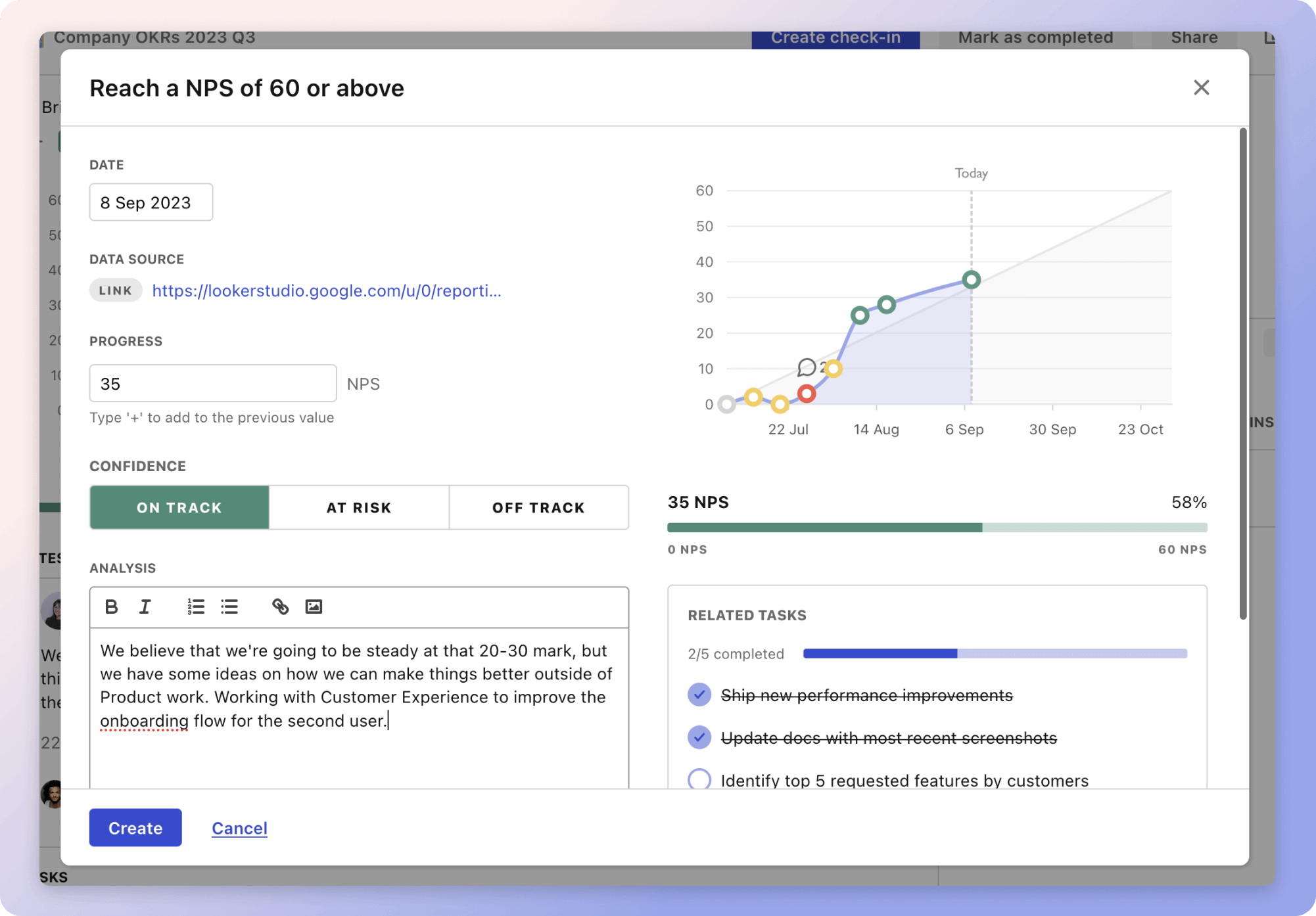The strategy for enabling organizations to enhance their social media presence begins with conducting a thorough social media audit. This involves assessing current profiles, engagement levels, and identifying the primary audience. For instance, by analyzing competitors' strategies, organizations can identify strengths and weaknesses in their own social media presence, which can reveal opportunities for improvement.
Moving forward, creating a comprehensive social media plan is crucial. This includes setting measurable goals, determining the best platforms, and developing a content calendar. For example, establishing brand voice guidelines ensures consistency, while regular engagement activities help maintain audience interest.
Lastly, effective community engagement is key. Identifying key influencers and coordinating collaborations can amplify reach. Interactive content, like polls or Q&As, encourages user participation. For example, showcasing user-generated content builds a sense of community, fostering deeper connections and loyalty.
The strategies
⛳️ Strategy 1: Conduct a social media audit
- Assess current social media profiles and engagement levels
- Identify the primary audience using social media analytics
- Evaluate the type of content that resonates with the audience
- Analyse competitors' social media strategies
- Identify strengths and weaknesses in current social media presence
- Survey stakeholders for feedback on social media performance
- Review brand consistency across all platforms
- Compare social media presence with industry benchmarks
- Examine engagement and response times to public interactions
- Document findings and areas for improvement
⛳️ Strategy 2: Create a comprehensive social media plan
- Set clear, measurable goals for social media engagement
- Determine the best social media platforms for the organisation
- Outline a content calendar detailing what to post and when
- Establish brand voice and visual guidelines for consistency
- Plan for regular engagement activities with the audience
- Decide on the frequency and timing of posts to maximise reach
- Develop a toolkit of resources for producing creative content
- Assign roles and responsibilities for social media management
- Include plans for monitoring, reacting, and adapting strategies
- Review and revise the plan monthly based on analytics
⛳️ Strategy 3: Engage with the community effectively
- Identify key influencers and potential partners in the industry
- Coordinate collaborations or co-hosted events online
- Regularly respond to comments and messages on social media
- Create interactive content like polls and Q&As to engage users
- Showcase user-generated content to build a community feeling
- Host live sessions to discuss relevant topics and enhance visibility
- Regularly thank followers and partners by highlighting their stories
- Encourage feedback through surveys and adjust strategies accordingly
- Monitor social media trends to stay relevant with content
- Participate in social media groups related to the organisation’s field
Bringing accountability to your strategy
It's one thing to have a plan, it's another to stick to it. We hope that the examples above will help you get started with your own strategy, but we also know that it's easy to get lost in the day-to-day effort.
That's why we built Tability: to help you track your progress, keep your team aligned, and make sure you're always moving in the right direction.

Give it a try and see how it can help you bring accountability to your strategy.
